 This week will be an excellent opportunity to catch up on reading. I’m a kind of person with a range of interests, these go from scale model construction to video games, guitar playing, history of cinema, cartoon animation, you name it!. So my bunch of books and magazines go up and up no matter what…
This week will be an excellent opportunity to catch up on reading. I’m a kind of person with a range of interests, these go from scale model construction to video games, guitar playing, history of cinema, cartoon animation, you name it!. So my bunch of books and magazines go up and up no matter what…
When giving priority to my reading, and in relation to it, in the last few months I have been reading a lot about tabletops. I have learned about how to create them. To no one’s surprise, they are very similar to those in this current course.
There is a book that gathers together the best of both worlds. Such book has turned out to be so thrilling and it is called Tabletop Game Design for Video Game Designers, by Etham Ham. The author dedicates an entire chapter to each game component or style that we found both on tabletops and video games, such as playtesting, balance, turns, prototyping, stories, economies, narrative, etc. I can’t stress enough on the amount of practical information and creative challenges (based upon real tabletop games from the market) this volume contains, not to mention the interviews to dozens of well know creators. It will keep you busy for years!
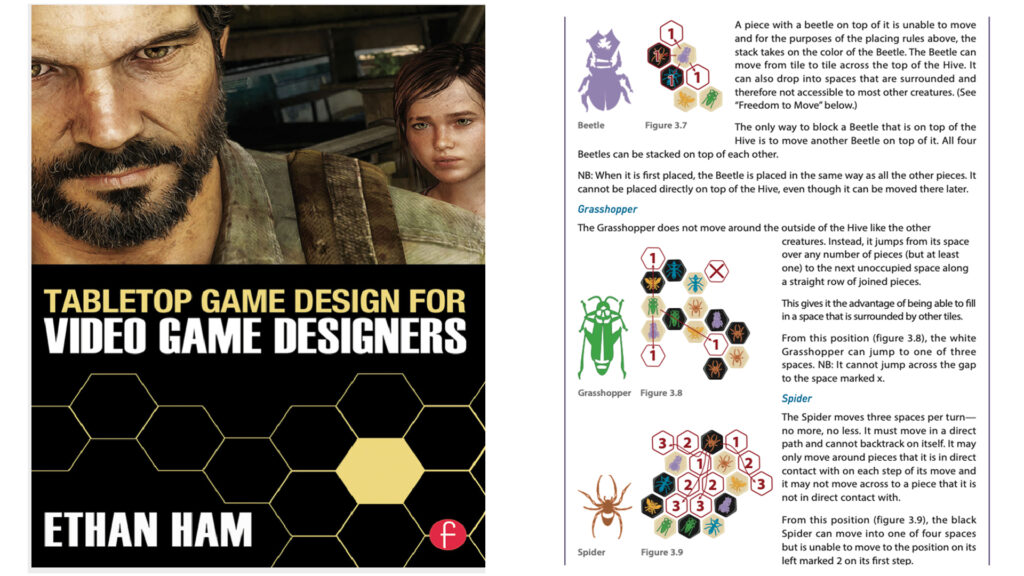
Why tabletop games?
“How can tabletop games make you a better video game designer? Tabletop and video games share numerous traits, and many of the design lessons that are learned by making and playing tabletop games can be applied to video games. Video games have the ability to hide their game mechanics. In fact, deducing a game’s underlying algorithms is often the central player experience.
For example, the iPhone version of Jetpack Joyride provides no directions regarding how the game works—players learn how to control the jetpack (and what they should collide with and what they should avoid) through trial and error. In contrast, playing a tabletop game typically involves the players understanding every game mechanic in detail. This is because tabletop games require the players to manually determine the effect of their actions. In essence, players take on the role of a game engine” (Ham 216: 2)
Another source of infinite inspiration are classic anime art books, I have plenty of them, and also movies or tv science fiction, from them my preferred are some amazing handbooks full of designs and illustrations from the old Gerry and Sylvia Anderson shows, like UFO, Captain Scarlet, Space 1999 and many more, as I find the vision of these shows to be dramatically ahead of their time!
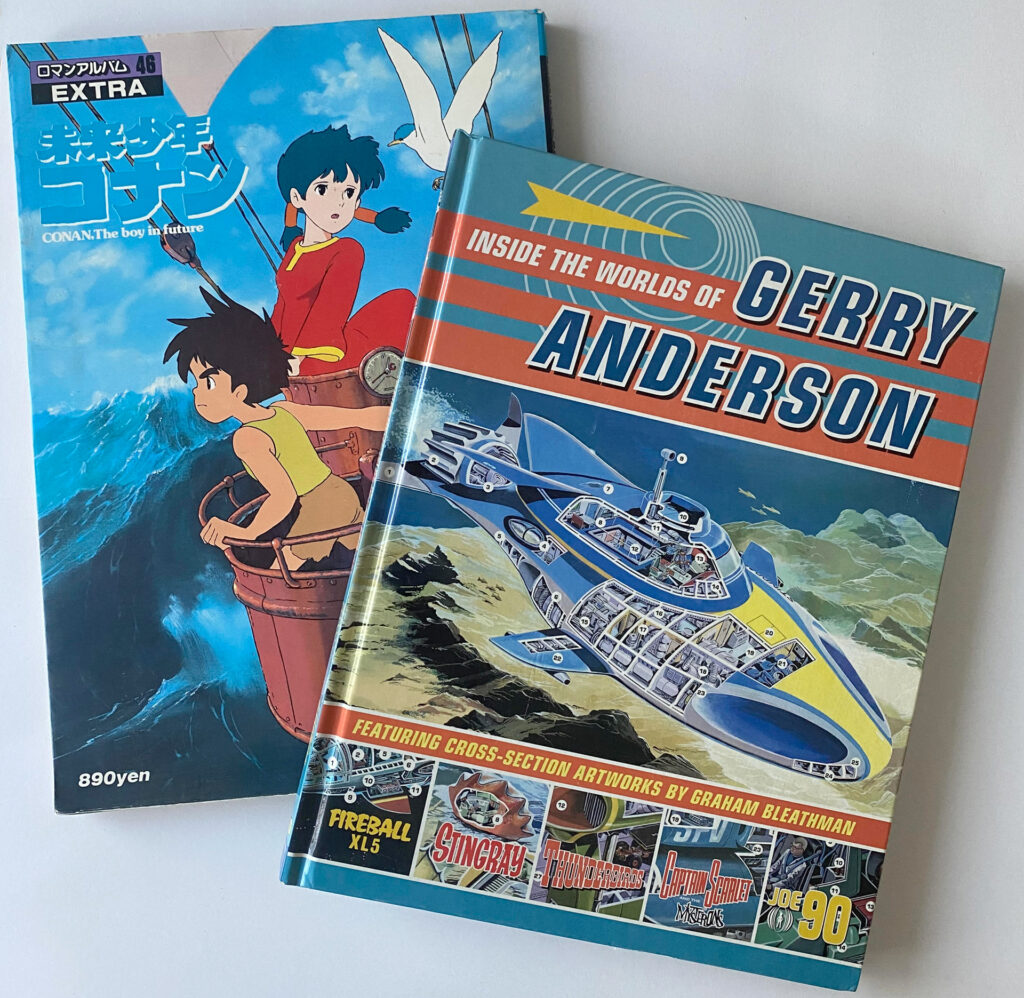
When it comes to search for animation and drawing reference material I have found that the series of titles How To Think When You Draw are a real gems, which fortunately have an free online version (from which the books have been created) accessible to everyone in a daily blog format that has been published since 2009. A fourth volume is going really well on this Kickstarter page and some reprints of the old ones are also part of this campaign.
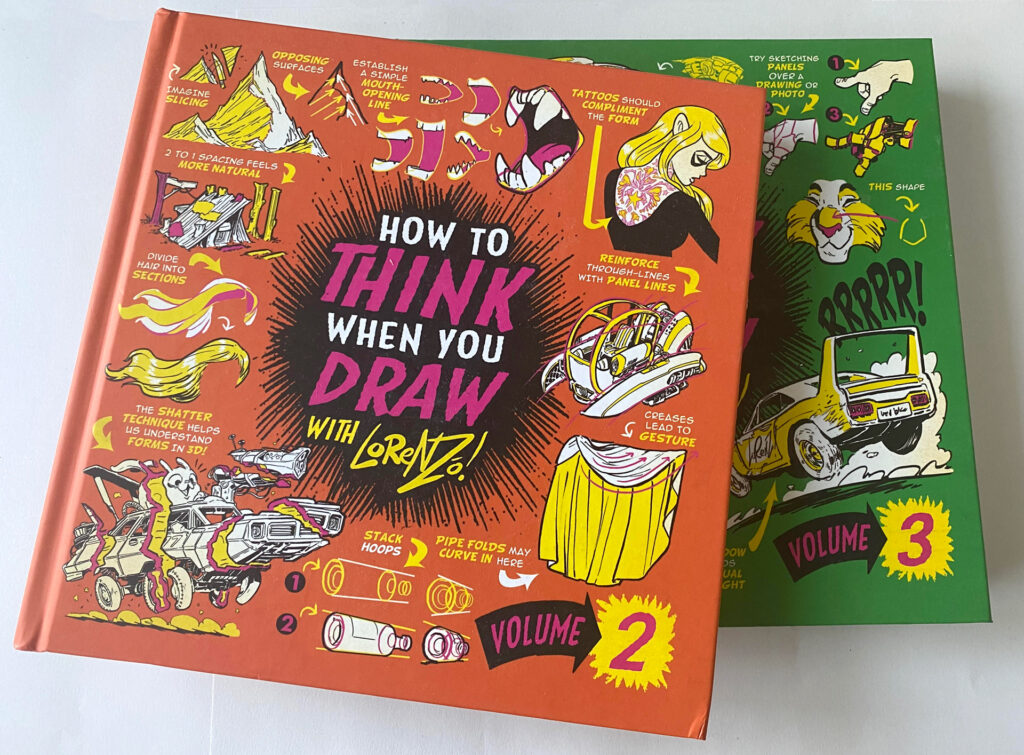
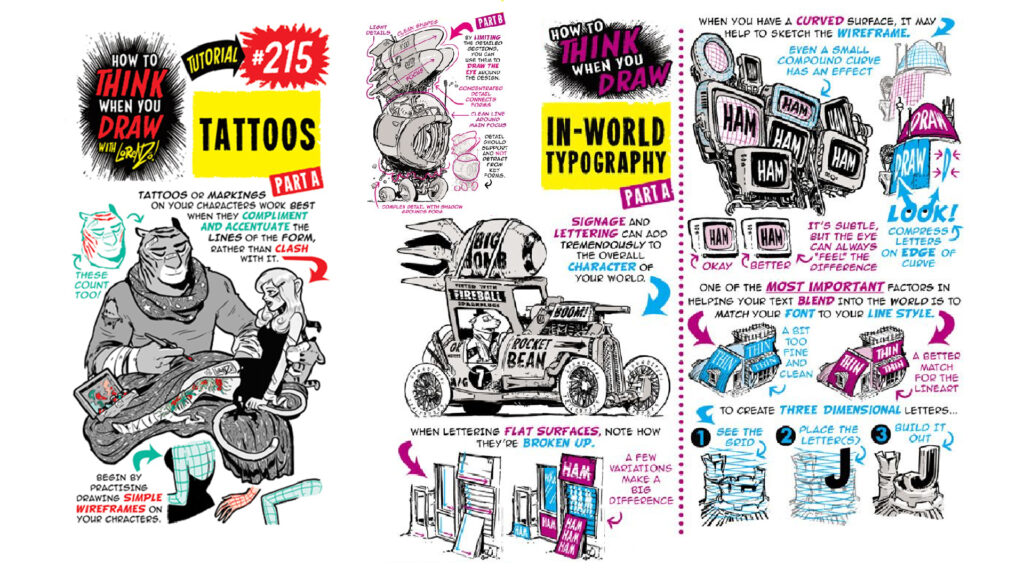
If you’re looking for amazing textures from all kind of cultures and ages, you can’t miss this massive title by A. Racinet and A.Dupont by the name of The World of Ornament. This is the book you need to consult (and maybe scan) if you’re developing any kind historical game or if you’re looking for unusual inspiration for your UI. As mentioned, this one is heavy (528 pages) but you don’t need to take it with you all the time as there’s a ‘secret’ digital version included.
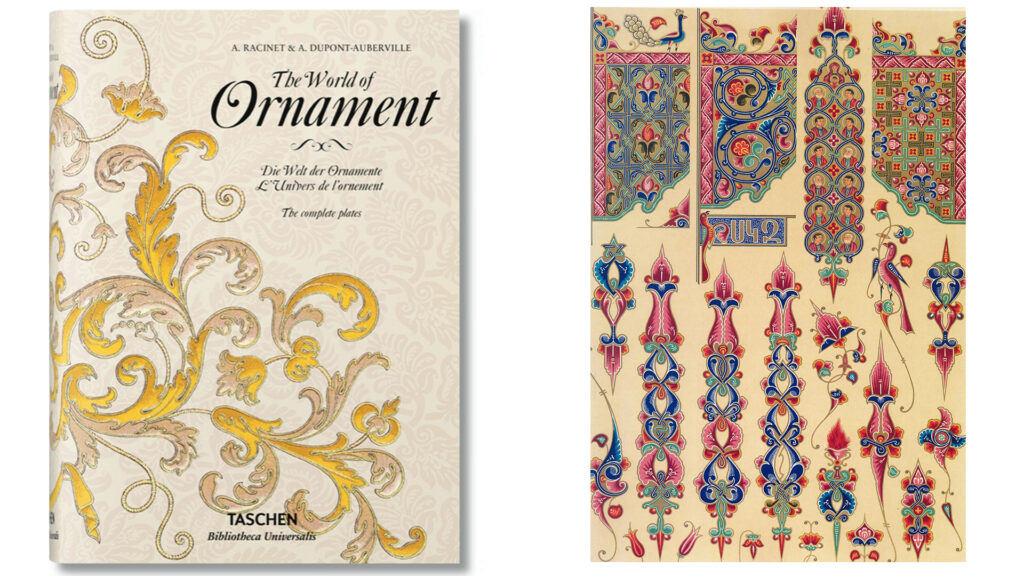
Magazine wise, I one of the titles that differs from the rest of the publications dedicated to video games is Wireframe. Although it is true that part of this publication consist on news and reviews as in many others, there’s a lot more inside as technical articles (under the monthly Toolbox section) on game design principles, narrative design, coding -with real routines on Python, C and other languages to type and learn as in the all days of the Sinclair Spectrum) and this makes all the difference. Published by the Raspberry Pi Foundation, you can find the free pdf version online or get the real thing on traditional printed format each month.
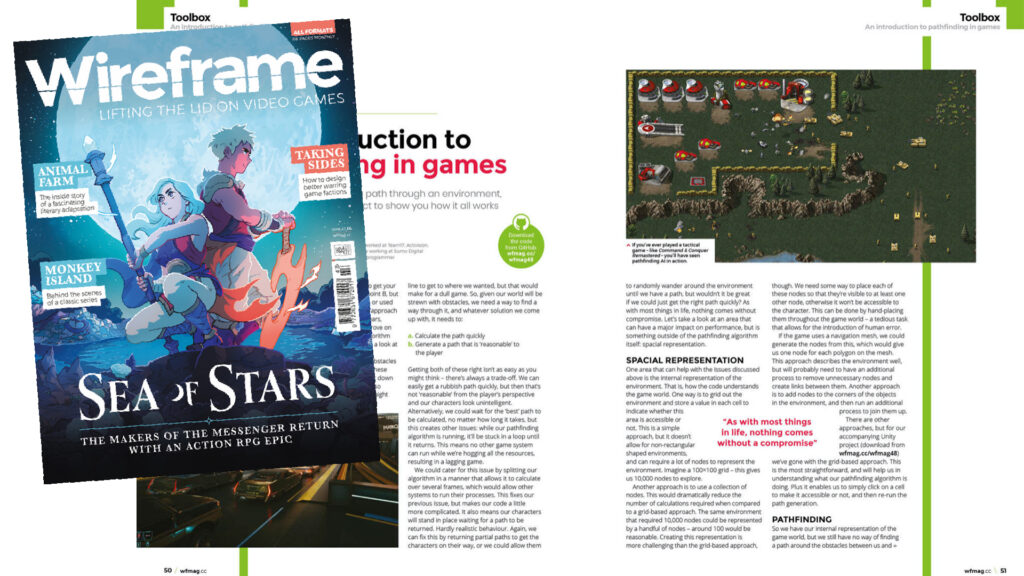
As planned, I decided to make some time to learn more about at least two popular Agile schools as Scrum and Kanban in order to help myself in time and task management but also as a preparation for the projects to come that undoubtedly will involve to work in teams with other students. In this search for some practical bibliography I found the following titles very much to my liking, specially the last one since it includes some sort of ‘thematic cards’ that I have already begun to put into practice and that I will be including in my post.
Learning Agile: understanding Scrum, XP, Lean and Kanban grounds you in the Agile’s underlying principles aiming to help the reader to choose a method that best fits their needs. Agile in a flash really caught my attention because it shows a different approach, using a deck of cards providing concise summaries of fundamental agile concepts and practices as a fast reference tool. Divided into four categories (idea, plan, team, code) each flash card contains a simple diagram with extra explanation on the back, to serve as reminders or guidelines of practical use.
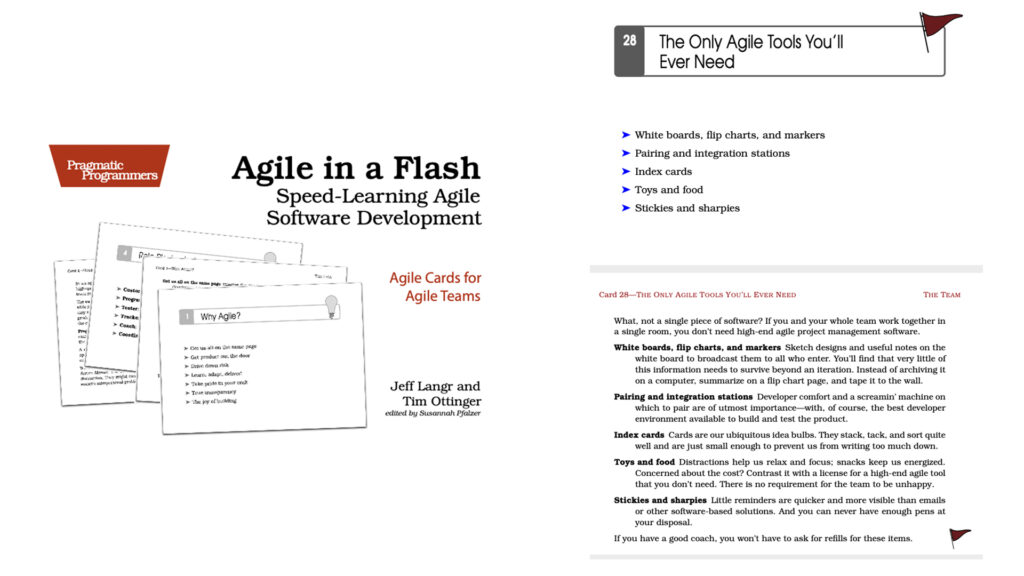
Finally another relevant thing to take into account is learning by means of online conferences. Due to the pandemic we can find a great number of them so it is highly difficult to follow the trail. This last couple of weeks I found myself diving into the digital vault of Pocket Gamer from which I highlight this short list (from more than 80 hours of content!). This content is not free but definitely worth it. More about Pocket Gamer Connects Digital 5 on my previous entry of week 3.

List of figures
Fig 1 – Book cover from ‘Tabletop Game Design for Video Game Designers’ by Etham Ham.
Fig 2 – Left: Mirai no Conan (Future Boy Conan) Nippon Animation Co. Right: Inside the worlds of Gerry Anderson artbook. Photo by the author.
Fig 3 and 4 – How to Think When you Draw by the Etherington Brothers. Photo by the author.
Fig 5 – The World of Ornament Cover and interior page.
Fig 6 – Wireframe Magazine Cover and interior article.
Fig 7 – Agile in a Flash cover and sample card.
Fig 8 – Pocket Gamer vault videos from the Pocket Gamers Connects Digital 5 – 2021.
References
Ham, E. 2016. ‘Tabletop Game Design for Video Game Designers’. Focal Press.
Roman Album Extra 46. 1981. ‘Mirai no Conan Extra 46‘. Nippon Animation Co.
Bleathman, G. 2014. ‘Inside the worlds of Gerry Anderson‘. Egmont Classic Comics, UK.
Etherinton, L. 2020. ‘How to Think When You Draw‘. Vol 1-3. Published by the Etherington Brothers, UK.
Baterham, D. 2012. ‘The World of Ornament‘, Hardcover multilingual edition published by Taschen.
Wireframe Magazine. 2020. Published monthly by the Raspberry Pi Foundation.
Stellman, A. and Green, J. 2015. ‘Learning Agile, understanding Scrum, XP, Lean and Kanban‘. Published by O’Reilly Media.
Langr, J. and Ottinger T. 2011. ‘Agile in a Flash Speed-learning Agile Software Development‘. Pragmatic Programmers, LCC.
Pocket Gamer Connects Digital 5. 2021 – [online] Available at: <https://www.pgconnects.com/digital> [Accessed live from February 8-12 2021].